August: Inhibitory learning theory (Craske et al., 2008; 2014; 2022)
Inhibitory learning is a theoretical model that helps us understand how fear learning and safety learning interact with each other over the course of exposure interventions. An issue with past models of how fear is reduced through treatment have struggled to explain the return of fear that we often see after successful courses of exposure therapy for anxiety and related disorders. The inhibitory learning theory suggests that the original fear memory is not “erased” or unlearned, but rather through repeated exposures, new, safety learning that is incompatible with fear learning is strengthened and eventually “competes” with the initially conditioned fear response in the presence of a fear cue.
When providing exposure-based treatments here at EBTCS, this model has been very helpful in shifting how we structure and process exposures. With the emphasis of this theory being on new learning rather than reduction of fear within or across exposures, we are asking clients to set measurable goals, identify in very specific behavioral terms what their feared outcomes are, and stay in the exposure until some kind of new learning occurs, rather than until fear is reduced. After exposures, we very directly talk with clients about what they have learned, what surprised them, and whether their feared outcome occurred. As clinicians, we are also always asking ourselves what clients need to learn in order to continue making progress in treatment.
Staff spotlight: Who’s presenting?
Travis Osborne, PhD, ABPP
Clinical Director, EBT
Dr. Osborne wears many hats here at EBTCS; he is our Clinical Director, the Director of our Anxiety Center, and the Co-Director of our research and outcomes monitoring team.
Dr. Osborne says one of his favorite parts of working at EBTCS is getting to learn from so many talented clinicians with a diverse range of specialties and skills. Clinically, he has a particular passion for the treatment of OCD given the variety of ways that symptoms can present, even within the same OCD subtypes.
When he thinks about the intersection of the latest inhibitory learning research and the clinical work he does on a daily basis, Dr. Osborne is most excited about how directly this model leads to figuring out what clients need to learn during exposures, especially given that many clients may not have benefited from prior treatment that did not focus on this question.



